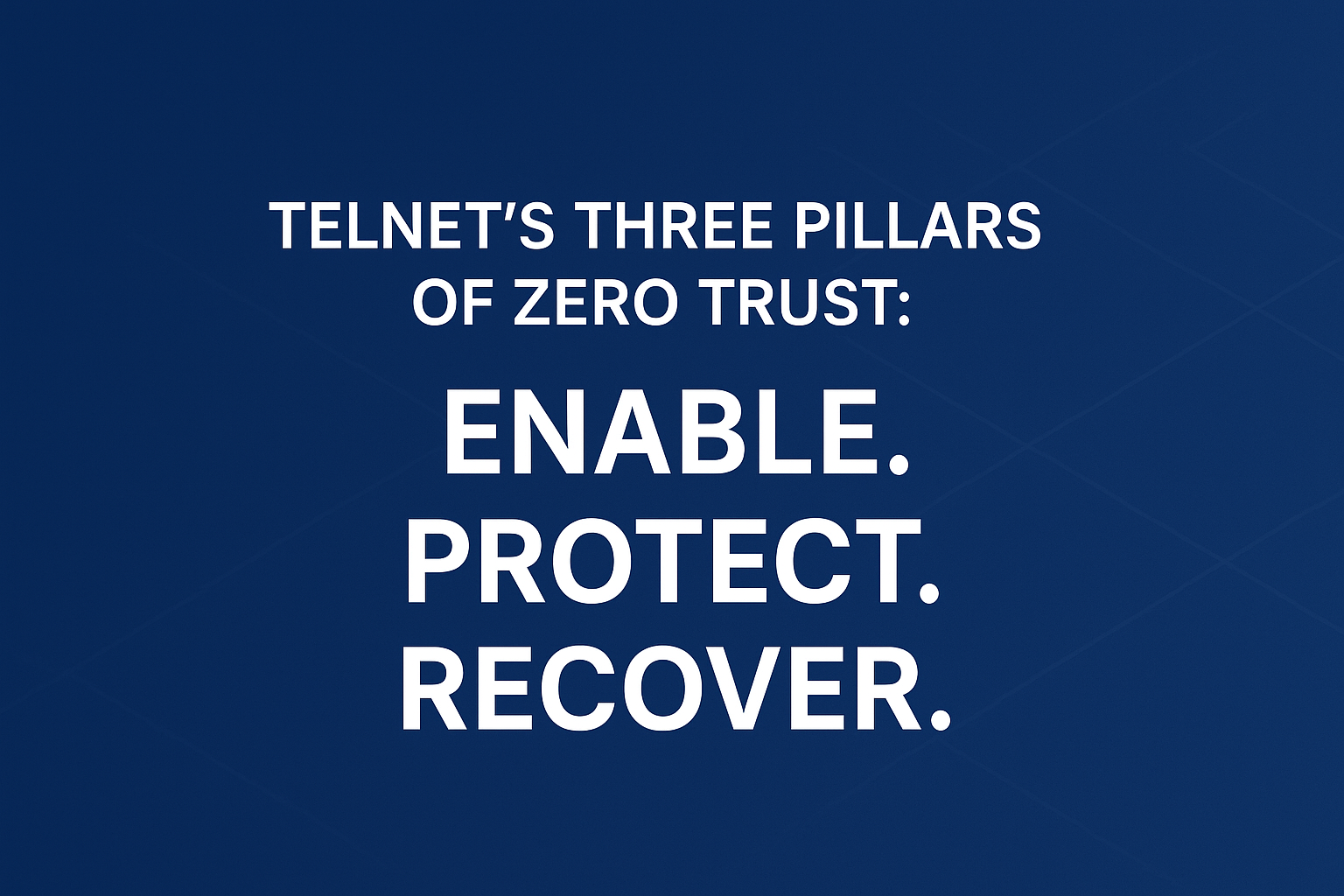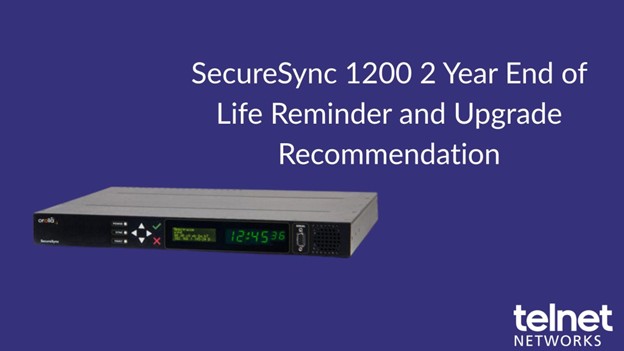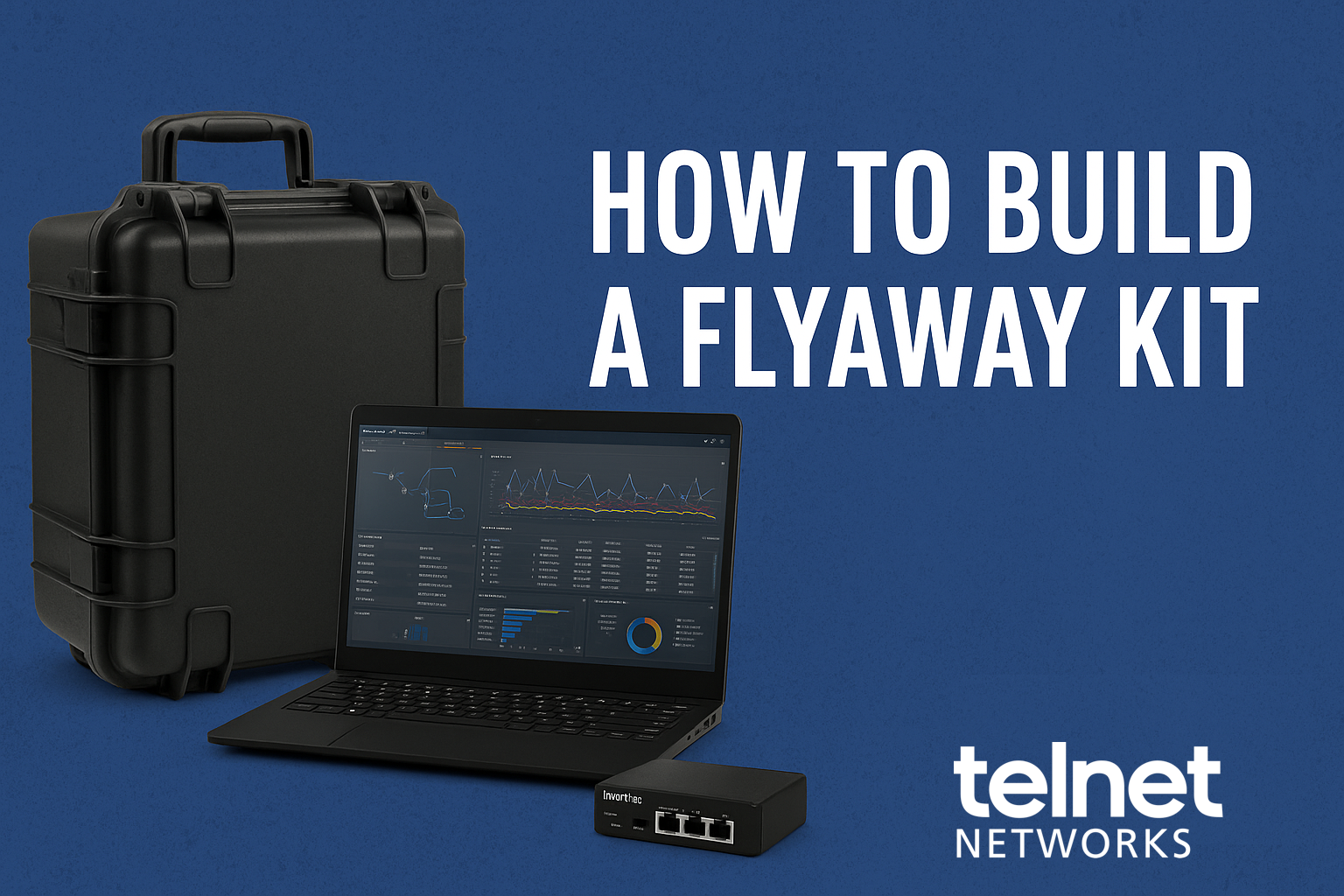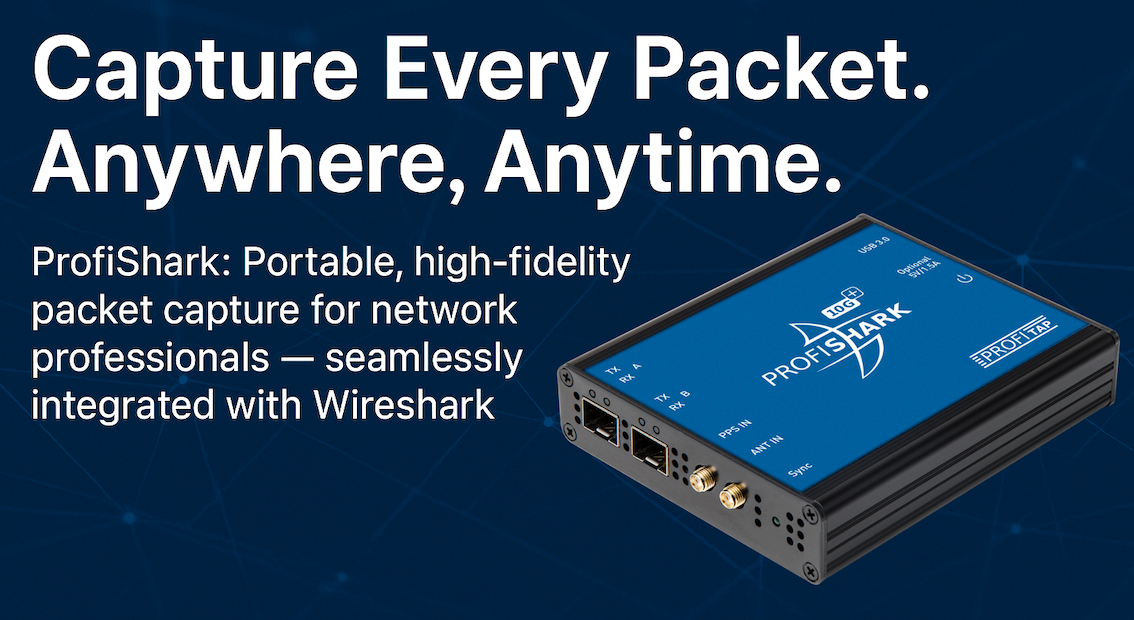Tenth Annual “State of the Network” Global Survey from Viavi Reveals Network and Security Trends from over 1,000 Network Professionals
In April 2017, Viavi Solutions (NASDAQ: VIAV) released the results of its tenth annual State of the Network global study today. This year’s study focused on security threats, perhaps explaining why it garnered the highest response rate in the survey’s history. Respondents included 1,035 CIOs, IT directors, and network engineers around the world. The study is now available for download.
“As our State of the Network study shows, enterprise network teams are expending more time and resources than ever before to battle security threats. Not only are they faced with a growing number of attacks, but hackers are becoming increasingly sophisticated in their methods and malware,” said Douglas Roberts, Vice President and General Manager, Enterprise & Cloud Business Unit, Viavi Solutions. “Dealing with these types of advanced, persistent security threats requires planning, resourcefulness and greater visibility throughout the network to ensure that threat intelligence information is always at hand.”
Highlights of the 2017 study include:
- Network team members’ involvement in security: Eighty-eight percent of respondents say they are involved in troubleshooting security-related issues. Of those, nearly 80 percent report an increase in the time they spend on such issues, with nearly three out of four spending up to 10 hours a week on them.
- Evolution of security threats: When asked how the nature of security threats has changed in the past year, IT teams have identified a rise in email and browser-based malware attacks (63 percent), and an increase in threat sophistication (52 percent). Nearly one in three also report a surge in distributed denial of service (DDos) attacks.
- Key sources of security insight: Syslogs were cited by nearly a third of respondents as the primary method for detecting security issues, followed by long-term packet capture and analysis (23 percent) and performance anomalies (15 percent).
- Overall factors driving network team workload: Bandwidth usage in enterprises continues to surge, with two out of three respondents expecting bandwidth demand to grow by up to 50 percent in 2017. This trend is in turn driving increased adoption of emerging technologies including software-defined networks (SDN), public and private clouds and 100 Gb. Network teams are managing these major initiatives while simultaneously confronting an aggressive rise in security issues.
“A combination of new technology adoption, accelerating traffic growth and mounting security risks has spawned unprecedented challenges throughout the enterprise market,” commented Shamus McGillicuddy, Senior Analyst at Enterprise Management Associates. “The need to detect and deal with security threats is notably complicated by the diverse mix of today’s enterprise traffic, which spans across virtual, public and hybrid cloud environments in addition to physical servers.”
Key takeaways: what should IT service delivery teams do?
- Know your “normal” – Recognizing abnormal traffic is critical for pinpointing an ongoing attack or security issue. Start comparing network traffic and behavior over points in time, either manually with freeware analyzer Wireshark, or using automated benchmarking in commercial network performance monitoring and diagnostic (NPMD) tools.
- Speed discovery with traffic evidence – According to the recent Mandiant M-Trends report, the median number of days that attackers were present on a victim’s network before being discovered is still 146 days; despite the use of IDS and other traditional security tools. Using packet capture with retrospective analysis, network teams can rewind to the time of the incident(s) and track exactly what the hackers accessed.
- Ensure long-term packet retention – For high-traffic enterprise, data center, or security forensics applications, a purpose-built appliance with its own analytics may be the next step. Depending on size and volume, there are appliances that can capture and store up to a petabyte of network traffic for later analysis, simplifying forensic investigation for faster remediation.
- Facilitate effective network and security team cooperation – Ensure successful collaboration between network and security teams on investigations with documented workflows and integration between security, network forensics, and performance management tools.
Thanks to Viavi for this article






